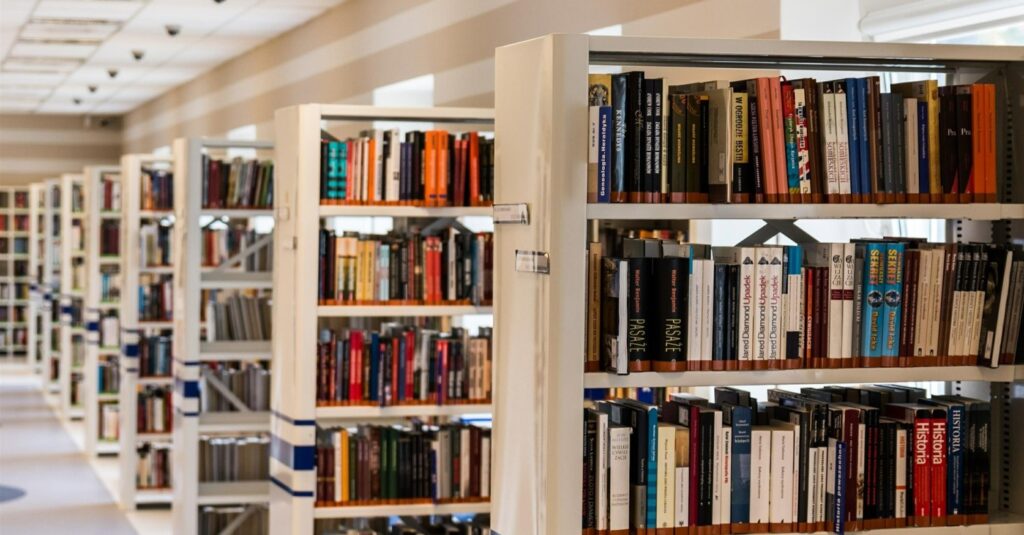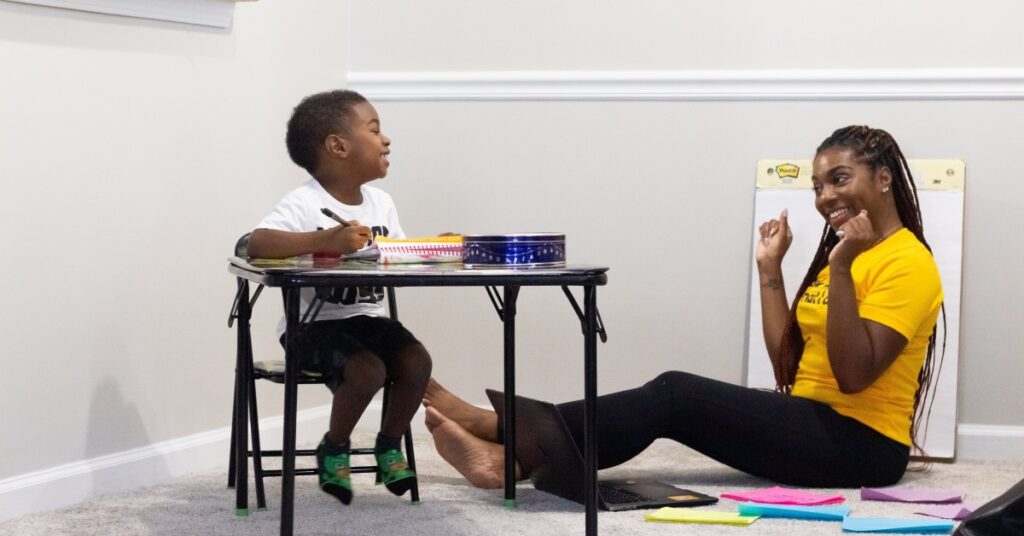
What Is a Master of Library and Information Science?
all LIS professionals must be information-literate. They can work in [...]

Ask any teacher their opinion about including students with disabilities in general education classrooms, and you’ll likely hear views based either firmly in support or staunch opposition. The debate can become even more heated when you talk about including students with more significant disabilities like Autism Spectrum Disorder or Down syndrome.
Some may immediately see the academic, social, and emotional benefits that students with disabilities and their nondisabled peers receive when learning in an inclusive classroom. Other educators say that the increasing amount of time that students with disabilities spend in typical classrooms is detrimental to the future of education.
Truthfully, the implementation of a fully inclusive education model is not easy to accomplish and without the proper support, can be unsuccessful. When teachers raise objections to the practice of inclusion, it may be because they’ve seen it fail firsthand. It’s also possible that they may have experienced what they thought was “inclusion” but really, was a situation in which educators put disabled and nondisabled students together and hoped for the best.
Here are some of the most common arguments teachers use to object to inclusive education—with counter-arguments to prove that in many cases, they’re not exactly right.
Imagine an elementary school classroom of 30 students, one-third of whom require specialized services, otherwise known as “special education.” In cases like this, many doubt that a teacher can provide adequate support to ten students with Individualized Education Programs while delivering lessons to general education students.
The truth is, special education doesn’t have to mean a different or separate education. Research-based reading, blended learning, and behavior intervention strategies like offering feedback and continuously monitoring progress work for students with disabilities and nondisabled students.
Co-teaching is another essential piece to providing the support needed in an inclusive classroom. This practice is defined through teacher collaboration and often implemented when general and special education teachers work together to share the responsibilities of planning, instructing, and assessing students. In this setting, all students can benefit from the additional educational support and resources while teachers can create stronger, more well-rounded lessons and better balance their workload.
| University and Program Name | Learn More |
|
Merrimack College:
Master of Education in Teacher Education
|
This argument focuses on whether placement within a general education classroom is “appropriate” for students with more significant disabilities. In other words, it supports the belief that a small special education classroom with fewer students and distractions is better suited for students with special needs.
This type of classroom, especially when specific to disabilities like autism, seems reasonable as it devotes a concentration of specialized support and interventions to a particular group. In reality, the space tailors to a homogenous group of disabled students. It mostly fails to deliver the models for communication and behavior that are necessary to help students with disabilities learn how to navigate a given situation best.
Instead, teachers can often find these models in inclusive classrooms. Here, nondisabled students can help students with disabilities become comfortable communicating their needs and interact with others in a way that’s socially and emotionally appropriate. Inclusive classrooms also foster an environment in which differences are acknowledged and respected, and special and general education teachers plan for the success of all students.
A common argument against inclusion is that students with more significant disabilities don’t belong in a general education classroom because they “won’t get anything out of it.” Typical examples include algebra, world history, or foreign language class.
Students with and without disabilities come in various shapes, sizes, and abilities—which makes the social, emotional, and educational benefits of a general education classroom exceptional. Modifying content to suit inclusive instruction focuses on using alternative methods to engage all students and provide them with more control over how they learn.
If you didn’t know, the Individuals with Disabilities Education Act (IDEA) does not mandate that with disabilities have to “keep up” with their peers within an inclusive classroom. Teachers cannot remove a student unless every possible supportive aide and appropriate service has been exhausted.
If you are a teacher, you signed up to teach all students, not nondisabled students only. In this respect, teaching programs fail their students when they don’t set expectations that they’ll face a wide variety of student abilities in their classrooms.
This certification provides them with intervention strategies to work with all students, not just those who qualify for special education services. Some states and school districts require their new hires to have special education training.
Schools across the country practice inclusive education to ensure students with and without disabilities receive the maximum benefit of their education. If you believe that all students deserve to live, learn, and play in a diverse and welcoming environment, ask yourself how you can move toward inclusive practices—no matter how impossible the barriers may seem.
Questions or feedback? Email editor@noodle.com

all LIS professionals must be information-literate. They can work in [...]

Elective courses can customize your MLIS degree to a career [...]

Do you intend to work in your community's public library [...]

For decades now, libraries have been attuned to new developments [...]

A more diverse teacher workforce could provide a key to [...]
Categorized as: Special Education, Education & Teaching